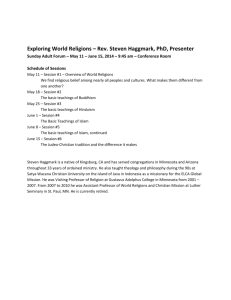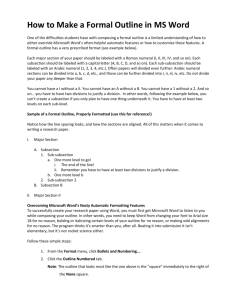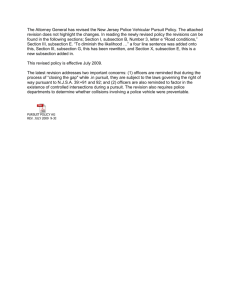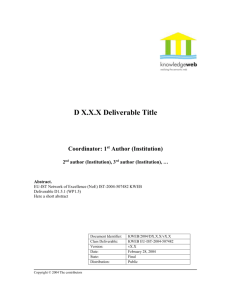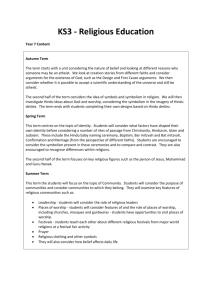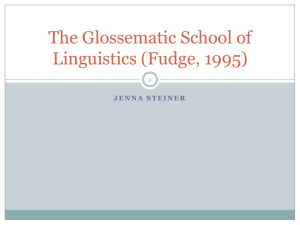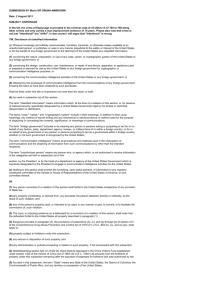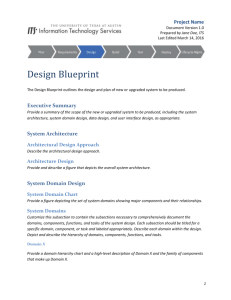Elements of Culture
advertisement
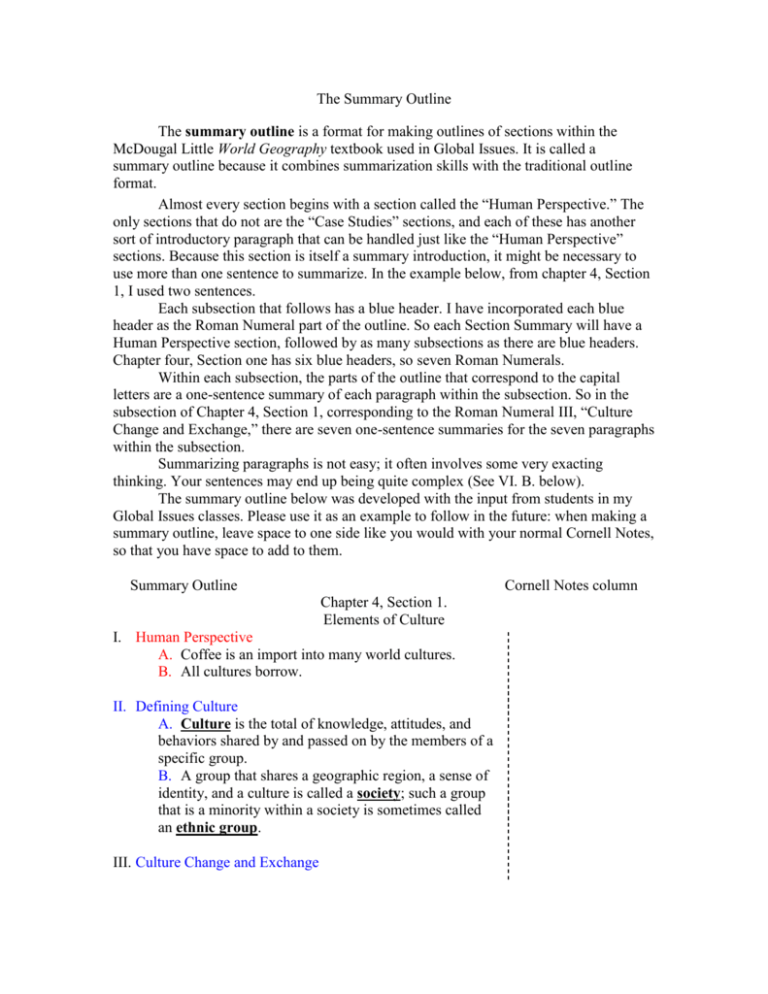
The Summary Outline The summary outline is a format for making outlines of sections within the McDougal Little World Geography textbook used in Global Issues. It is called a summary outline because it combines summarization skills with the traditional outline format. Almost every section begins with a section called the “Human Perspective.” The only sections that do not are the “Case Studies” sections, and each of these has another sort of introductory paragraph that can be handled just like the “Human Perspective” sections. Because this section is itself a summary introduction, it might be necessary to use more than one sentence to summarize. In the example below, from chapter 4, Section 1, I used two sentences. Each subsection that follows has a blue header. I have incorporated each blue header as the Roman Numeral part of the outline. So each Section Summary will have a Human Perspective section, followed by as many subsections as there are blue headers. Chapter four, Section one has six blue headers, so seven Roman Numerals. Within each subsection, the parts of the outline that correspond to the capital letters are a one-sentence summary of each paragraph within the subsection. So in the subsection of Chapter 4, Section 1, corresponding to the Roman Numeral III, “Culture Change and Exchange,” there are seven one-sentence summaries for the seven paragraphs within the subsection. Summarizing paragraphs is not easy; it often involves some very exacting thinking. Your sentences may end up being quite complex (See VI. B. below). The summary outline below was developed with the input from students in my Global Issues classes. Please use it as an example to follow in the future: when making a summary outline, leave space to one side like you would with your normal Cornell Notes, so that you have space to add to them. Summary Outline Cornell Notes column Chapter 4, Section 1. Elements of Culture I. Human Perspective A. Coffee is an import into many world cultures. B. All cultures borrow. II. Defining Culture A. Culture is the total of knowledge, attitudes, and behaviors shared by and passed on by the members of a specific group. B. A group that shares a geographic region, a sense of identity, and a culture is called a society; such a group that is a minority within a society is sometimes called an ethnic group. III. Culture Change and Exchange A. A culture will change—slowly or rapidly—through innovation and/or the spread of ideas. B. An innovation is something new created to meet a need. C. Innovation and invention may happen on purpose or by accident. D. Diffusion is the spread of ideas, inventions, or patterns of behavior. E. A cultural hearth is a site of innovation. F. Acculturation is a process by which persons, or peoples, accept or adopt new elements of culture. G. Changes can be forced or voluntary and can have positive or negative consequences. IV. Language A. Language is one of the most important aspects of cultures because it allows people to communicate. B. Language often is very influential in creating a cultural identity. C. A language family consists of many languages categorized into one because they might be similar in some ways D. A dialect comes from changes in speech patterns that may come from class, region or other cultural differences. E. Languages spreads by trade, but can also be invented. F. Language can also spread by migration. V. Religion A. Religion consists of a belief in a supernatural power or powers that are regarded as the creators and maintainers of the universe. B. Religions spread by diffusion and conversion. VI. Major Religions A. The religion that originated in Southwest Asia are called monotheistic because they believe in one God. B. Judaism is the oldest monotheistic religion, with its followers concentrated in Israel, and in areas of the United States, Canada, South America, and many European cities, and its basic laws and teachings coming from the Torah, its holy book. C. Christianity evolved from the teachings of Jesus Christ and later spread from the Holy Land, through apostles like Paul and missionaries, to all other continents. D. Islam is based on the holy book of the Qur’an, which is written in Arabic and contains the teachings of the Prophet Muhammad, who lived in the Arabian Peninsula during the 600s. E. Hinduism, one of the oldest organized religions, is generally thought of as a polytheistic religion (involving more than one God) and holds beliefs that include reincarnation (life after death) and a rigid social caste (class) system. F. Buddhism is an off-shoot of Hinduism developed around 563 BCE in India near the Nepal border and based on the teachings of Siddhartha Gautama (also known as the “enlightened one”, or Buddha) that promote the correct way of living in order to reach an enlightened state known as nirvana. G. Confucianism, Taoism are two other East Asian belief systems associated with Chinese culture and Shintoism is a belief in spirit worship that is characteristic of Japan VII. Creative Cultural Expression A. All cultures have some forms of performing arts, visual arts and literature that reflect the environment and culture within a place. B. Performing arts include music, dance, theater, and film. C. Visual arts include architecture, painting, sculpture, and textiles. D. Both oral and written literatures include poems, folk tales, and stories. E. Each culture produces its own unique signature of creative expression.
